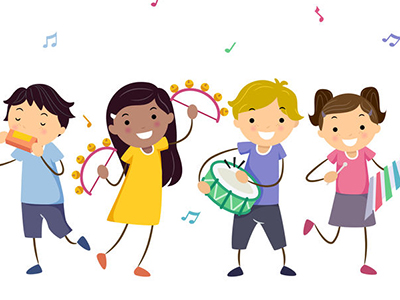A Brief History of Bossa Nova
Mar 01, 2021 20:18
Bossa Nova is one of the most distinguished musical styles in the world. As a fusion of samba and jazz, let’s find out how a single man created this Brazilian art.

Did you know that there are more than a thousand music styles all over the world? One of the easily recognizable types of music is the Bossa Nova. What makes a song a part of the Bossa noa music style? How and who created this casually sophisticated style? Let’s find out.
What Is Bossa Nova?
Bossa Nova, also known as “new wave” or “new trend,” is a form of popular music developed during the late 1950s. This type of music uses guitars, pianos, and drums as its main instrumentations. Musicians consider Bossa nova as the fusion of the Brazilian Samba and the American Jazz. Bossa nova compositions are usually the type of music that you hear inside a cafe.
One of the main characteristics of Bossa nova is its harmonic qualities. The compositions are easy to the ears, whether you’re a seasoned musician or just a casual listener. From a more technical standpoint, Bossa nova encompasses these traits:
● Guitar as the dominant instrument
● Syncopated 2/4 or 4/4 time signature
● The “sway” feeling (Bossa beat)
How Was Bossa Nova Invented?
Bossa nova is a musical movement that started in Rio de Janeiro in 1958. A pianist named Antonio Carlos Jobim started playing around combining the elements of the local music, samba, and the famous cool jazz sound. Together with other musically inclined individuals like Vinicius de Moraes, Sergio Mendes, and Roberto Menescal, Jobim had started sharing his music with Brazilian artists.
One of the early artists who collaborated with Jobim for his newly minted Bossa nova material was Elizete Cardoso, a renowned Brazilian singer. Although this collaboration was successful, Bossa nova’s rise had officially started when Jobim collaborated with Joao Gilberto. Some of Gilberto’s works with Jobim (such as “The Girl from Ipanema”) are Bossa nova classics.
From 1959 to 1961, Jobim and Gilberto had worked on three different albums. Bossa nova had started to become a staple in cafes and bars at that time. In 1961, prominent musicians from the United States made their visits to Brazil to learn more about the “new wave” of music.
Bossa Nova’s Arrival In The US
Musicians from the US started flying to Brazil to see the then “hip and trendy” music in Rio de Janeiro. Among these artists were Hermie Mann (flute) and Charlie Byrd (guitar). Byrd and Mann decided to play these new tunes in Washington, DC. Getting inspired by this performance, the renowned saxophonist Stan Getz asked the two other musicians for a collab.
A year later, Getz and co. released their record called “Jazz Samba.” This record includes their rendition of Jobim’s “Desafinado.” During the record’s release, Getz and his fellow musicians decided to perform Bossa nova music in front of 3,000 people at Carnegie Hall. Brazilian musicians like Jobim, Gilberto, and Sergio Mendes joined this performance, regarded by many as the bossa nova “O Mito.”
Bossa Nova Today
The Bossa nova style is an evident influence on the works of some of the world’s best musicians, such as The Beatles, The Beach Boys, and Frank Sinatra. This influential style still exists in some form these days via the use of electronic music.
You can still find tidbits of influence in different modern music today, especially its guitar syncopation. Bossa nova is still very popular in the US. In fact, this musical style is more popular in the US than in Brazil. According to Rolling Stone, even rap and R;B artists add a Bossa nova flare to their new records.







































































